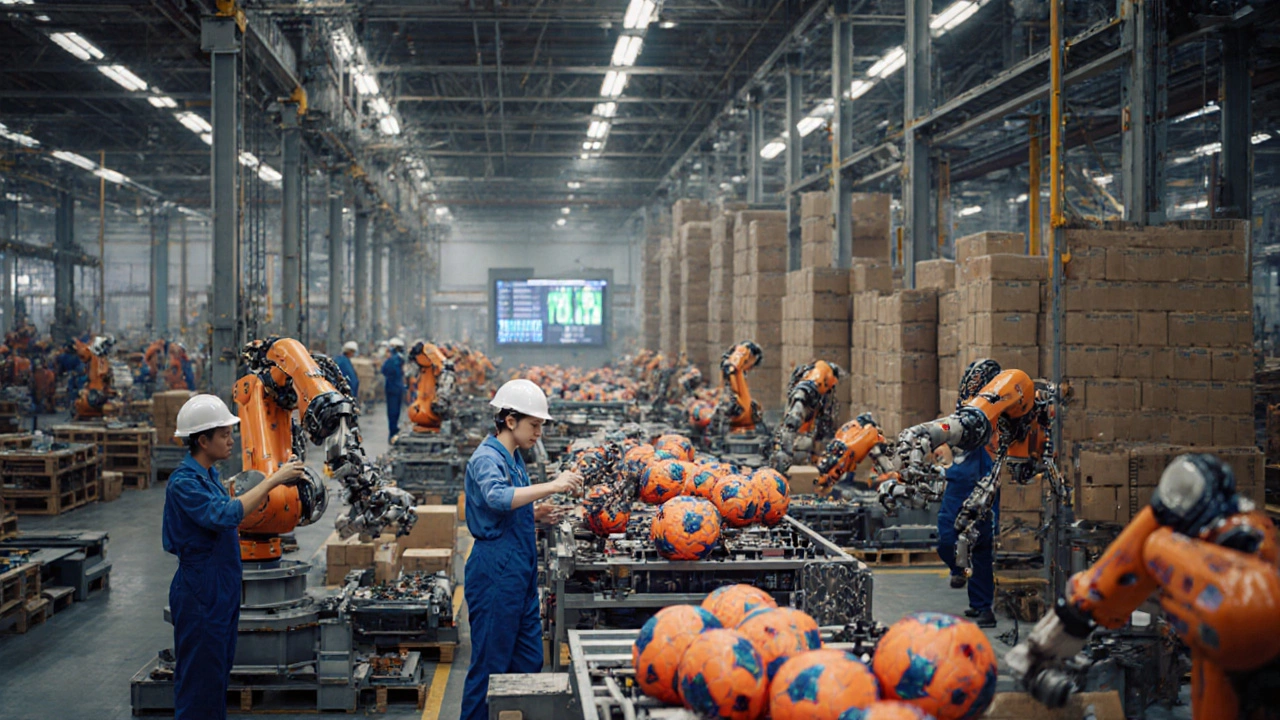Sports Equipment Manufacturing: What Happens Behind the Gear
Ever wondered why your new tennis racket feels so crisp or why a pair of running shoes seem to hug your foot? The answer lies in how the gear is made. In this guide we’ll walk through the whole process, from raw material to the product you grab at the store, and give you simple tips for spotting good quality.
From Raw Materials to Finished Gear
First up, manufacturers pick the right material. For a football, that might be leather or a high‑tech synthetic. For a bike helmet, it’s usually expanded polystyrene foam wrapped in a tough plastic shell. The choice matters because it sets the performance baseline – lighter material means faster speed, tougher material means more protection.
Next comes shaping. In most factories, computers control cutting tools that slice the material to exact dimensions. This is called CNC cutting and it reduces waste while keeping each piece identical. After cutting, parts are stitched, molded, or welded together. A basketball, for example, gets its panels sewn and then a rubber bladder is inserted to hold air.
Once the pieces are together, they go through testing. Drop tests, pressure tests, or wear simulations make sure the gear can handle real‑world stress. If a prototype fails, engineers tweak the design – maybe a thicker wall here or a different foam density there – and test again. This back‑and‑forth loop is why the best gear feels reliable.
Finally, the product is finished with branding, color, and packaging. Even the way a logo is applied can affect grip or aerodynamics, so manufacturers pay attention to every detail before the gear hits the shelf.
Choosing Quality Gear
When you shop, look for a few tell‑tale signs of solid manufacturing. First, check the material label. Words like “thermoplastic polyurethane” or “high‑density foam” usually indicate a purposeful design, not a cheap filler.
Second, feel the construction. Stitches should be tight and even, seams straight, and any moving parts (like a bike’s gear shifter) should glide smoothly. If anything feels loose or rough, it’s often a cost‑cutting shortcut.
Third, consider the brand’s testing reputation. Companies that publish their test results or have certifications (e.g., ISO 9001) are more likely to stand behind their claims. A quick online search can reveal whether a brand’s gear passed independent safety tests.
Lastly, think about the product’s lifespan. Gear that lasts longer not only saves you money but also reduces waste. Look for warranties or guarantee periods – they’re a good proxy for confidence in the manufacturing process.
Understanding how sports equipment is made gives you power at the checkout. You can compare product specs, ask the right questions, and avoid cheap knock‑offs that break early. Whether you’re buying a new set of cricket pads, a high‑performance bike frame, or the latest training shoes, the basics of manufacturing stay the same: quality material, precise shaping, thorough testing, and thoughtful finishing.
So next time you pick up a piece of gear, remember the steps behind it and use that knowledge to choose items that truly support your game. Good equipment doesn’t just look good – it’s built right, and that makes all the difference on the field, the court, or the trail.
Where Is Most Sports Equipment Made? A Global Breakdown

Explore the global landscape of sports equipment production, from China's dominance to emerging hotspots, and learn how supply chain choices affect price, quality, and ethics.
